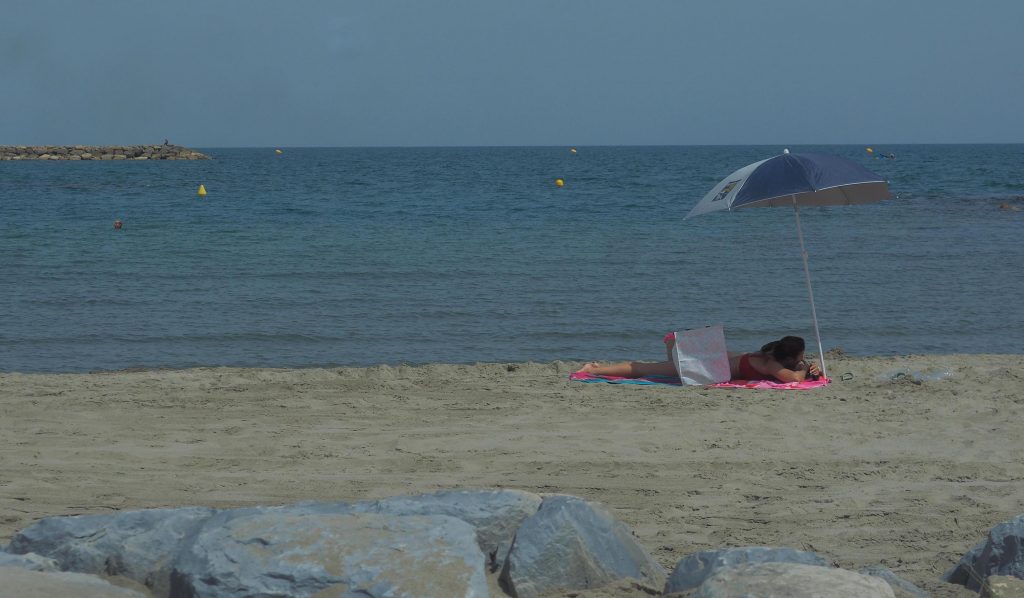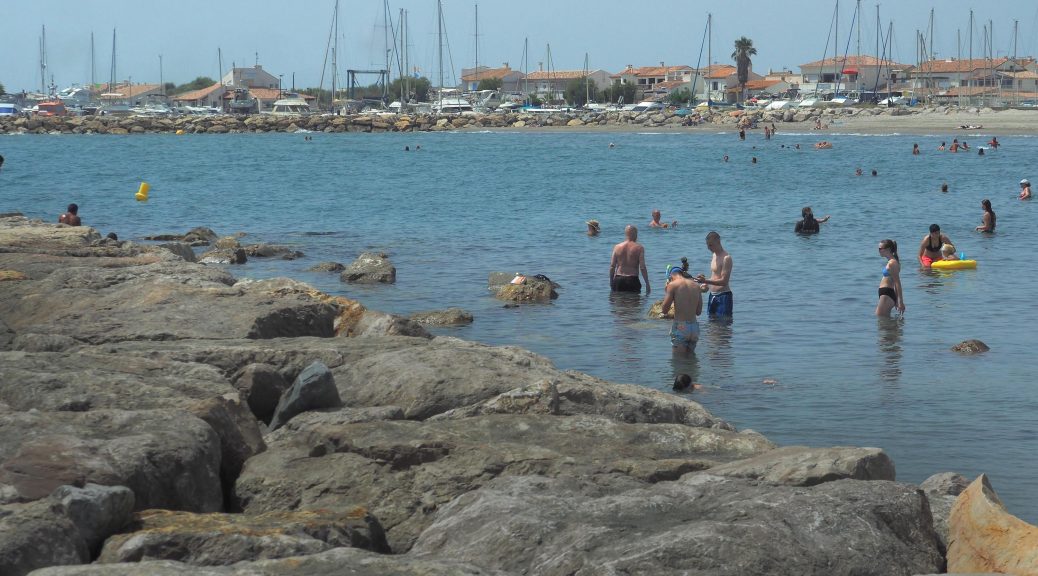Story and photos by Anaïs-Ophelia Lino
When tourists think of the Camargue and its sprawling tall grasses, shining blue seawater and picturesque white horses, few would imagine it could disappear in a couple decades. But climate scientists say its grass is becoming too salty for pasture and its beaches are receding, and in 50 years its central city, Arles, will be under water.
“What shocks me most is that when I arrived in 1991, there were big, large beaches,” said researcher Nicole Yavercovski. “Today, they’ve disappeared.”
The Camargue is seeing radical changes due to climate change, according to researchers such as Yavercovski at the Tour du Valat, which has been studying the Camargue’s flora and fauna for nearly 70 years.
For decades, the region has attracted tourists for its flamingos, bulls, white horses and Mediterranean beaches. In the last 30 years, climate change has had severe impacts on all of them.
“In the very long term, it’s true that all of the Camargue will be under water,” said Jocelyn Champagnon, ornithologist for the Tour du Valat. “I think nobody wants to address this question because it’s difficult to accept it.”
Wildlife has already been affected. Birds don’t need to travel as far south anymore to find warmer weather. Some birds from Switzerland that would have migrated to the Camargue stay near Paris.
In the heart of the Camargue lies the Vaccarès Pond. It’s crucial for water birds but has lost the eelgrass that feeds most of them.
Meanwhile, the Camargue’s agriculture is being affected by low precipitation and a rapidly heating planet. According to Champagnon, sea levels will rise dramatically in the next 20 years. That means that there will be less beef and rice production.
In fact, that is already happening. Rising temperatures, low precipitation and human interference such as irrigation and increased water vapor is causing salt to rise quickly to the top of the surface and into the soil.
“Agriculture is very sensitive to the salt,” Champagnon said. “You have a strong impact on the production of agriculture. So, this is already an impact of climate change.”

While salt is one of the region’s most valuable exports, this is causing less production of rice and making some grass inedible for grazing animals, like the Camarguais bulls and horses. Rice farmers have to push past the salt and plant deeper, and bulls that graze in the Camargue are eating less, according to Yavercovski.
“I think there will be a big change in Arles’ socio-economic way of life,” Yavercovski said.
The city of Arles in the south of France is the country’s biggest commune by land area, almost seven times as big as Paris’ zone. Its economy depends mostly on tourism and the production of salt, rice and beef in the surrounding countryside. “Everyone will be affected by climate change,” Yavercovski said.
Yavercovski said farmers blame ecologists for wanting to regulate the use of the land.
Olive and hay farmer Benoit Cauvin responds that the tensions stem from the perception that ecologists have more pull with the government and greater access to land.
Situated in the Crau, just on the border of the Camargue, Cauvin’s farm produces expensive Crau hay that can only grow in that region.
Cauvin has experienced bizarre weather. A hotter winter helps his olives grow but hurts the hay.
“Climate change doesn’t worry me as much, but winter is less cold now,” Cauvin said. “Climate change means having to adapt.”
Slowly, ecologists are gathering interested parties, including farmers, duck hunters and managers of protected areas, to summarize new discoveries and collaborate on solutions.
“We are working with the farmers in order to find solutions for them to not disturb [ecology] too much and to understand [it],” said Champagnon. “But this is really just the beginning.”

